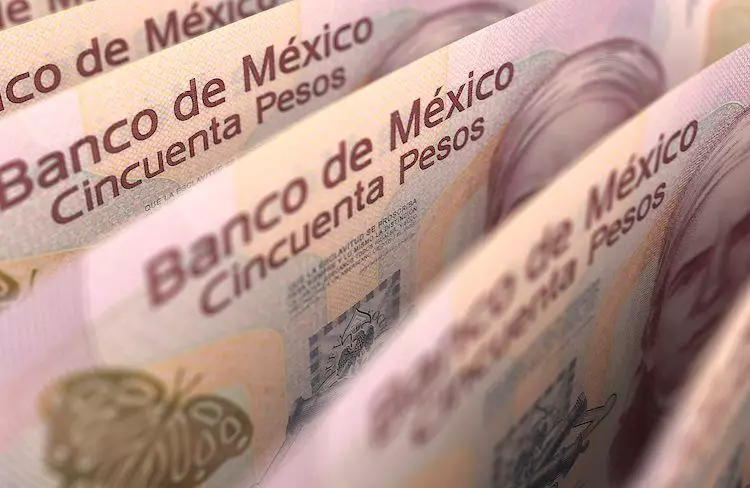The financial dynamics between the Mexican Peso (MXN) and the United States Dollar (USD) have recently showcased a significant shift, highlighting the intrinsic relationship between currency performance and economic indicators. With the Peso gaining momentum, a multitude of factors are contributing to its ascent, particularly through fluctuations in the Federal Reserve’s monetary policy and Mexico’s domestic economic developments.
The current rally of the Mexican Peso can be attributed to a concurrent decline in the US Dollar, influenced by shifting expectations regarding interest rates set by the Federal Reserve. Recent data from the CME FedWatch Tool reveals a growing sentiment in financial markets, indicating a 43% probability of a substantial 50 basis points cut in US interest rates. Such expectations often lead to a depreciation of the USD, as lower rates typically diminish the dollar’s yield and attractiveness to investors.
Political stability within Mexico has further contributed to the Peso’s gains. The recent passage of significant judicial reforms has alleviated some prior concerns regarding governance and economic black spots within the country. These reforms are critical, as they foster investor confidence and present a more stable backdrop for foreign investment, directing positive momentum towards the Peso.
The exchange rate between the USD and MXN remains sensitive to the prevailing market mood. Anticipations surrounding Federal Reserve actions and broader economic conditions will be quintessential drivers of the USD/MXN currency pair in the coming weeks. Notably, Mexico’s economic calendar for next week includes reports on Aggregate Demand and Private Spending for the second quarter of 2024, which will likely bolster or challenge the ongoing sentiment surrounding the Peso.
Moreover, inflation levels in Mexico have recently dipped below the 5% mark, bolstering the case for the Banxico (Bank of Mexico) to consider further easing of monetary policy. As reflected in the September Citibanamex Survey, forecasts indicate a decline of Banxico’s rates to 10.25% in 2024 and 8.25% in 2025. This potential for lower interest rates might itself suggest an easing of credit conditions, stimulating economic activity.
In the United States, the University of Michigan’s Consumer Sentiment Index, which provides insights into American consumers’ confidence and spending habits, has shown an unexpected rise. The index moved from 67.9 to 69.0, exceeding various market expectations and hinting that American consumer spending—an essential driver for the US economy—remains robust. Higher consumer confidence generally suggests a more sustained economic growth trajectory, which impacts the USD’s strength.
On a technical analysis front, the recent decline in the USD/MXN exchange rate highlights critical developments. A sharp pullback has taken the pair significantly below the psychologically impactful level of 20.00. The losing momentum for the USD has shifted the selling sentiment in this pair, with the Relative Strength Index (RSI) indicating bearish conditions. In the short term, there could be further downside for the USD/MXN, suggesting the first key support level lies near the August 23 low of 19.02.
If the exchange rate breaches this support, it could pave the way toward the 50-day Simple Moving Average at 18.99, followed by further testing of the lows seen in mid-August. On the bullish side, clearing the 20.00 threshold could establish a more favorable outlook for the USD, with potential resistance levels at 20.22 and 20.57—levels that traders will closely monitor.
The Bank of Mexico plays an integral role in controlling inflation and ensuring the Peso’s stability against both local and international pressures. Its decisions are influenced not only by domestic economic conditions but critically by the monetary policy of the US Federal Reserve. Banxico’s strategy has often been proactive; for example, post-COVID, it raised rates ahead of the Fed to mitigate potential depreciation of the Peso and safeguard investments.
As the US embraces a potential shift toward lower interest rates, Mexico’s central bank will have to carefully navigate its monetary policy to balance domestic growth with currency stability while maintaining its target of 3% inflation.
The interplay between market sentiment, economic indicators, and monetary policies will dictate the future trajectory of the Mexican Peso, as both domestic reforms and international monetary shifts continue to unfold. Investor vigilance is advised, as these economic narratives evolve, impacting currency valuations in a globally interconnected landscape.

